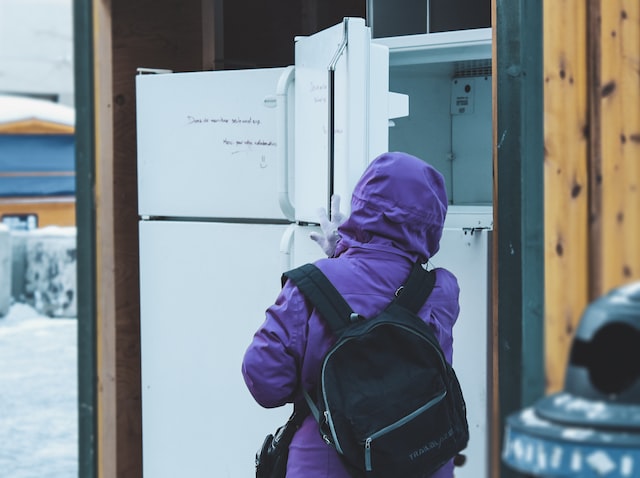A team of researchers at New York University has developed a model using machine learning that draws from news article content to predict locations that face food insecurity, according to NYU.
The model can help prioritize emergency food assistance allocation by helping uncover locations in most need.
“Our approach could drastically improve the prediction of food crisis outbreaks up to 12 months ahead of time using both real-time news streams and a predictive model that is simple to interpret,” said Samuel Fraiberger, a visiting researcher at NYU's Courant Institute of Mathematical Sciences, a data scientist at World Bank, and an author of the study, which appears in the journal Science Advances, in a statement.
Researchers collected text from more than 11 million news articles focused on roughly 40 food-insecure countries. They used their model to extract phrases and content related to food insecurity. Then they assessed the regions for food-insecurity factors like fatality counts, rainfall, vegetation, and food price changes, to determine a correlation between the news and food insecurity’s impact. The high correlation indicated that the news stories served as an accurate indicator of the factors.
“Traditional measurements of food insecurity risk factors, such as conflict severity indices or changes in food prices, are often incomplete, delayed, or outdated,” said Lakshminarayanan Subramanian, a professor at the Courant Institute and one of the paper’s authors. “Our approach takes advantage of the fact that risk factors triggering a food crisis are mentioned in the news prior to being observable with traditional measurements.”
Related: Ukraine Export Helps Stabilize Cooking Oil Market; Giant Announces Sustainability Grant Program

